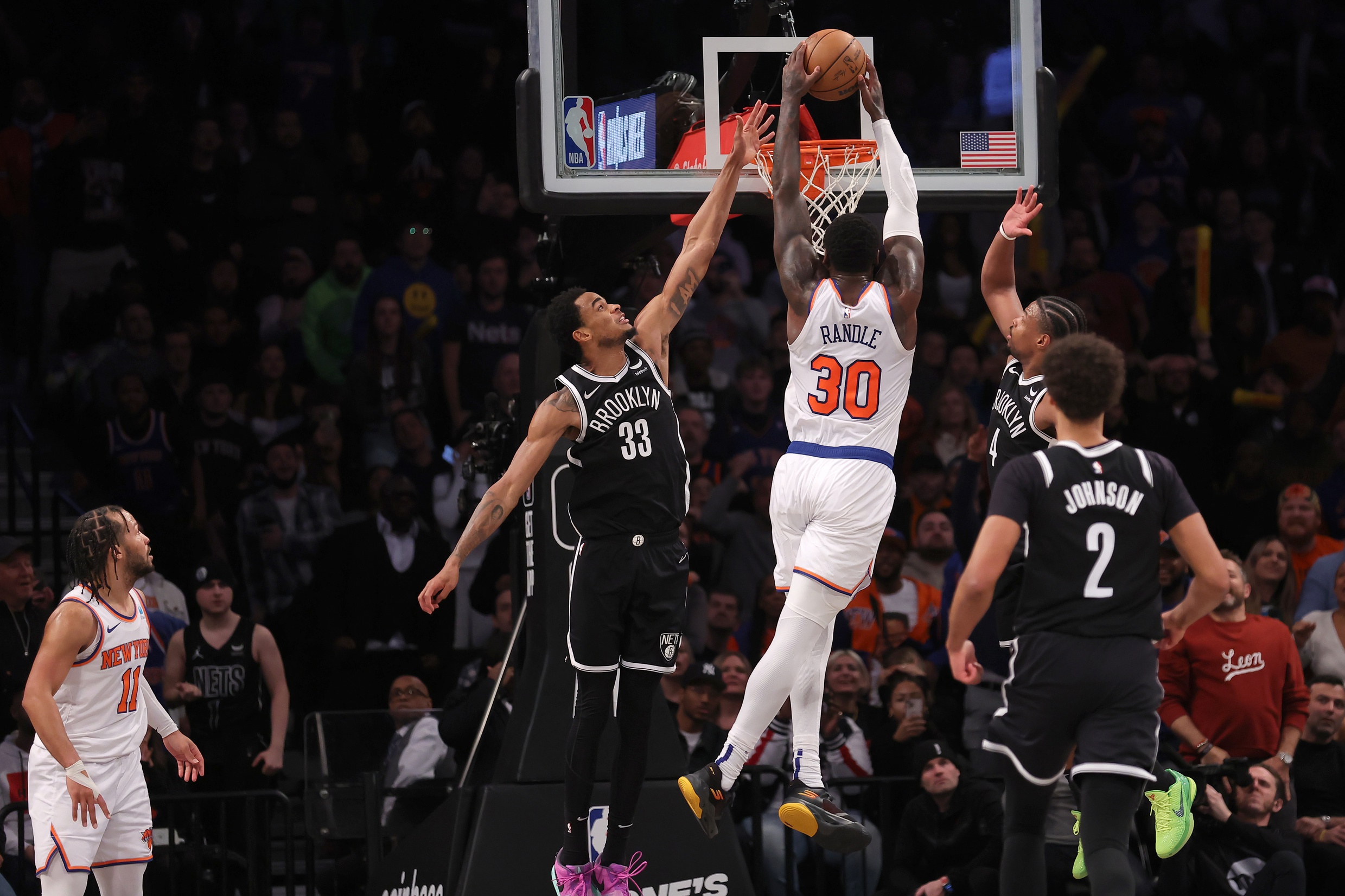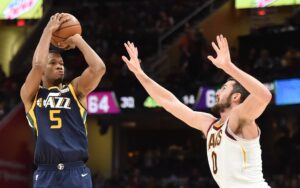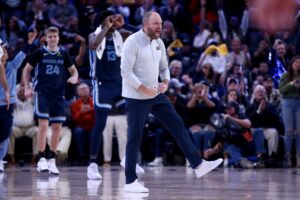The New York Knicks face a crucial decision this offseason: should they run it back with the same roster? The team showed flashes of brilliance but also faced significant challenges. Injuries played a major role in their final playoff matchup against the Indiana Pacers, making it hard to assess their true potential.
Should the New York Knicks Run It Back?
Handling Health
Julius Randle, the Knicks’ star power forward, was wiped out for the season due to a shoulder injury. It hampered his ability to play alongside the Knicks in the playoffs when they needed him most. This limited his explosive play that New York fans had come to expect. Randle’s health is pivotal to the team’s success, as he is the offensive anchor.
Mitchell Robinson, the Knicks’ defensive powerhouse, also faced injury setbacks. His absence in crucial games exposed the team’s vulnerability in the paint. Robinson’s shot-blocking and rebounding are vital for the Knicks’ defensive identity.
OG Anunoby, acquired mid-season, dealt with lingering injuries as well. Anunoby’s defensive prowess and three-point shooting were sorely missed during his downtime. His addition to the roster bolstered the Knicks’ wing defense and perimeter scoring. Unfortunately, his injuries prevented him from making the desired impact consistently.
Despite these setbacks, the Knicks showed promise and had moments where their potential was evident, playing at a high level. This begs the question: should the Knicks keep the same core group together?
Difficult Decisions
Leon Rose, the Knicks’ President of Basketball Operations, faces tough financial decisions. Keeping both OG Anunoby and Isaiah Hartenstein is a significant challenge. The team’s salary cap situation will require careful management. Hartenstein, a valuable backup center, provided solid minutes off the bench. His consistency and energy were crucial in maintaining the team’s performance during Robinson’s absences.
Anunoby’s contract demands will likely be steep. His market value, due to his two-way capabilities, is high. Balancing the need to retain these key players with financial constraints is no easy task. Rose will have to navigate this delicate balance to ensure the Knicks remain competitive.
Playing It Safe
The Knicks’ front office must also consider potential free agent signings and trades. Strengthening the roster without sacrificing financial flexibility is paramount. Rose has to weigh the benefits of continuity against the potential gains from roster changes. Running it back with the same roster could have its advantages with players who have developed chemistry and understand coach Tom Thibodeau’s system. Stability can lead to improved performance, especially if injuries are less of a factor.
However, sticking with the same group may not address all the team’s needs. The Knicks require more depth and shooting to compete with the league’s elite. Evaluating the trade market and free agency could present opportunities for significant upgrades.
The Last Word
Ultimately, the decision hinges on the Knicks’ confidence in their current roster’s potential. If they believe injuries were the main impediment, continuity might be the best path forward. If not, strategic changes could propel them to the next level. Leon Rose’s decisions this offseason will shape the Knicks’ future. Knicks fans await eagerly to see if the team will run it back or make bold moves to reach new heights.






